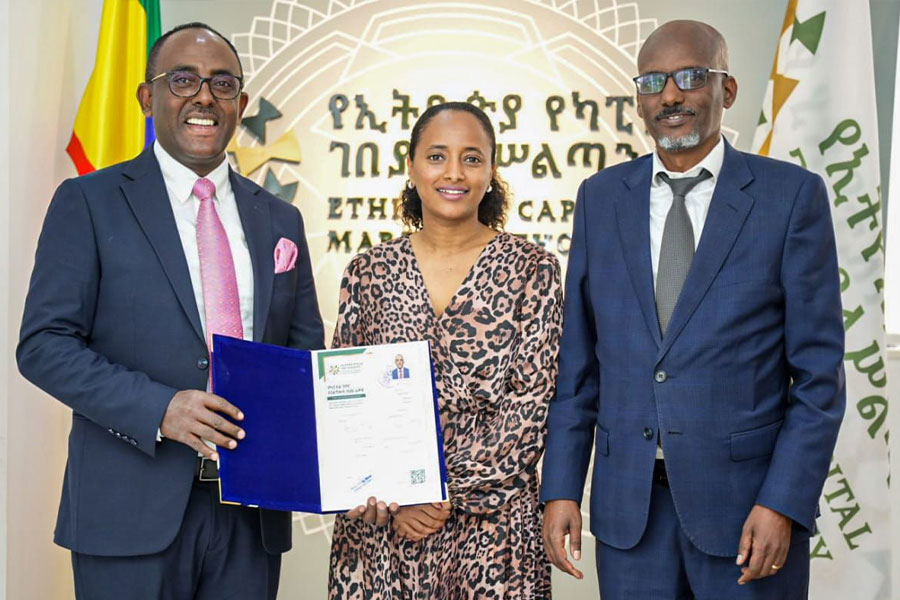
Jul 12 , 2025. By Vanessa Badr ( Vanessa Badré, a faculty fellow at American University, is a lawyer and art historian specialising in analyzing works of art to explore broader social and economic themes and concepts. )
At a time of rising international tensions and deep polarisation in many countries, trust-building and cooperation seem like forgotten arts. To reconnect with them and devise creative solutions to shared challenges, it is worthwhile to seek insights from artists themselves.
In his 1870 work "L'Atelier de Bazille," the 28-year-old French impressionist painter Jean Frédéric Bazille depicts the Paris studio on Rue de la Condamine that he shared with the 29-year-old Pierre-Auguste Renoir. Toward the left-hand corner of the room, three men are clustered around an easel, the work obscured from view. The figure in the middle, the French modernist painter Édouard Manet, commands the others’ attention as he observes the work, brush in hand.
To Manet’s left, at the centre of the composition, stands Bazille, apparently taking a break from his painting. He is still holding brushes and a palette, to listen to Manet, who is nine years his senior. The figure on the right, Bazille’s friend Edmond Maître, plays the piano. Three other friends populate the room, one listening to Manet and Bazille, and the other two chatting casually on the stairs. It is not known for certain who these figures represent, but possibilities include Renoir, Claude Monet, and Alfred Sisley, all friends of Bazille who attended the same art academy.
“L’Atelier de Bazille” is a snapshot of the artist’s life, his work, and his community, much like the photos one might see on Instagram today. It memorialises a moment, the same year he was killed in the Franco-Prussian War, when he was flourishing creatively, surrounded by peers and mentors. The painting invites us to consider the role of these connections, of mutual trust, shared space, and engaged conversation, in supporting the artist’s development and productivity.
Manet, deeply admired by Bazille and his peers, has taken the time to come to the studio, comment on the younger artist’s work, and even contribute to it. This mirrors Bazille’s real-life experience. It was Manet, with his characteristically vigorous brushstrokes, who painted Bazille’s figure in “L’Atelier de Bazille.” The painting is a collaborative work about the beauty of collaboration.
The collaboration was probably not planned. One cannot imagine that Bazille arranged with Manet to come to his studio at a specific time, in order to contribute a pre-determined image. Rather, mutual trust and respect led Manet to spend time in Bazille’s studio, and it led Bazille to hand Manet a paintbrush to add his own touch to Bazille’s work. Ego was irrelevant; the goal was to enhance the art, and, by extension, the artists. And they achieved it by creating space for unplanned cooperation.
“L’Atelier de Bazille” does not simply welcome painters. Maître is a musician, collector, and patron of the arts. Some argue that the figure depicted on the stairs are the novelist and playwright Émile Zola. By bringing their knowledge, energy, and perspectives into the space, by engaging in face-to-face exchanges of ideas, the studio’s visitors invigorate, enrich, and inspire one another. Today, we would refer to this phenomenon as “cross-fertilisation.”
The paintings within the painting show that these artists supported one another in other ways as well. High above the staircase hangs “The Fisherman with a Net,” which Bazille had presented the previous year at the Salon, where it was rejected. Above the piano, one finds another Salon reject: “La Terrasse de Méric,” which the artist presented in 1867. The work in progress behind the sofa, “La Toilette,” was rejected in 1870.
But Bazille was not alone in being rebuffed by the Salon. Renoir’s “Landscape with Two People,” which Bazille positions to the right of the window, was rejected in 1866. Persevering in the face of hostility from the “establishment” would have been more difficult without the support of respected peers who not only had experienced the same, but also were willing to celebrate the spurned work (and criticise the establishment). Meanwhile, the still life hanging above the piano, a work by Monet, reminds the viewer that artists helped other artists financially, by purchasing their work.
Other elements of the space enhance the sense that this is a place for creative expression, human engagement, and impromptu cooperation. Natural light beams in through a large window, with a semi-transparent curtain that the artists can adjust. High ceilings create a sense of openness and space, while soft seating invites visitors to relax. A stove, glowing in the foreground, warms the room.
The image contrasts sharply with modern workplaces, which raises the question: How can we expect to bring out the best in people, to maximise their ability to create and collaborate, by placing them in secluded cubicles, austere offices, or squares on our computer screens?
Physical presence, in welcoming surroundings, seems essential to the collaborative creative process that Bazille depicts.
Of course, “L’Atelier de Bazille” does not depict every factor that might contribute to a creative and collaborative working environment. Perhaps most obvious, the scene includes only white men who run in similar Parisian circles. Research has shown, however, that greater diversity, in terms of race, ethnicity, and gender, tends to improve business outcomes. And there is no question that tackling global problems like climate change will require us to bring to bear a wide range of perspectives.
But the painting does highlight critical elements of the creative process, including presence, engagement, camaraderie, trust, flexibility, and perseverance. Finding ways to adapt these elements to schools, workplaces, and the halls of power could go a long way toward supporting more open, resilient, and innovative societies, capable of working together to address the defining challenges of our age.
PUBLISHED ON
Jul 12,2025 [ VOL
26 , NO
1315]
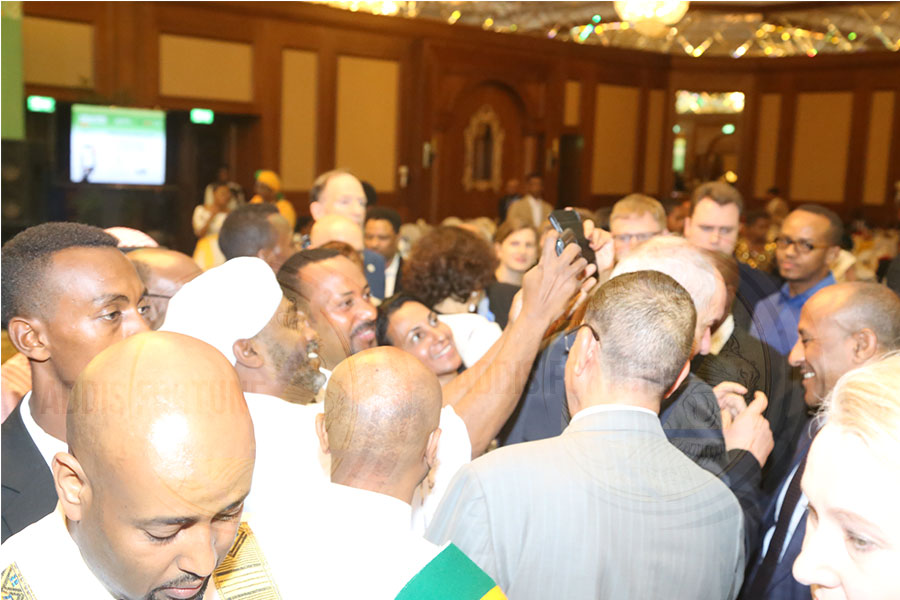
Photo Gallery | 180443 Views | May 06,2019
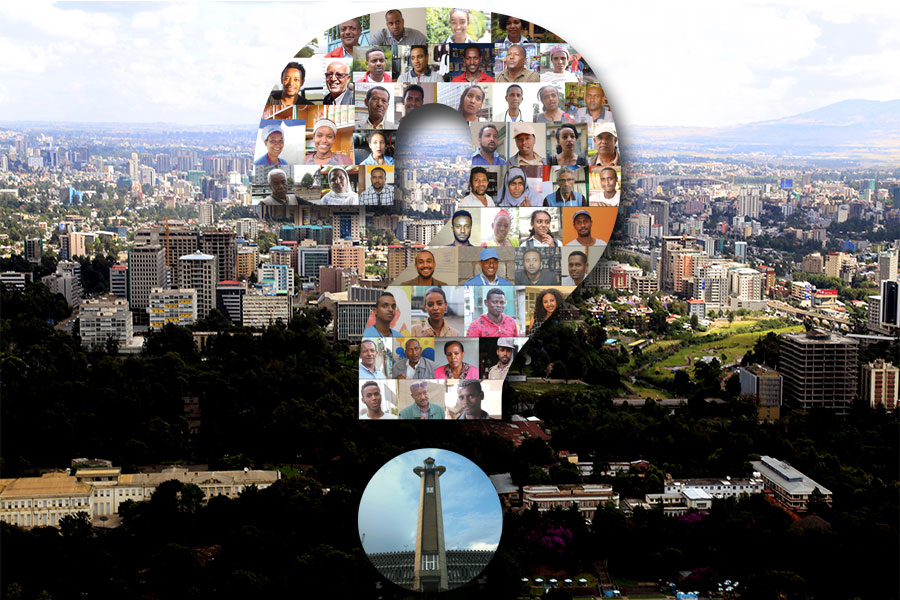
Photo Gallery | 170643 Views | Apr 26,2019
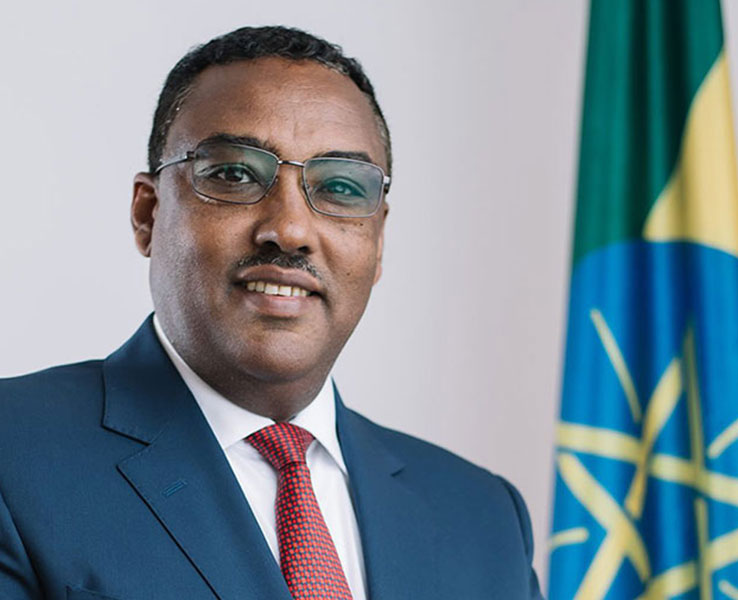
Photo Gallery | 161694 Views | Oct 06,2021

My Opinion | 137282 Views | Aug 14,2021
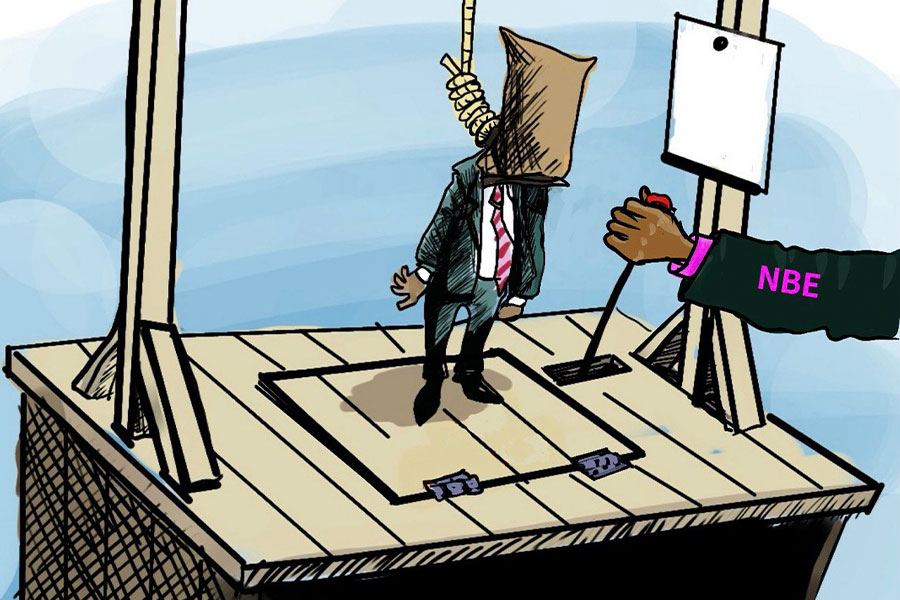
Nov 1 , 2025
The National Bank of Ethiopia (NBE) issued a statement two weeks ago that appeared to...
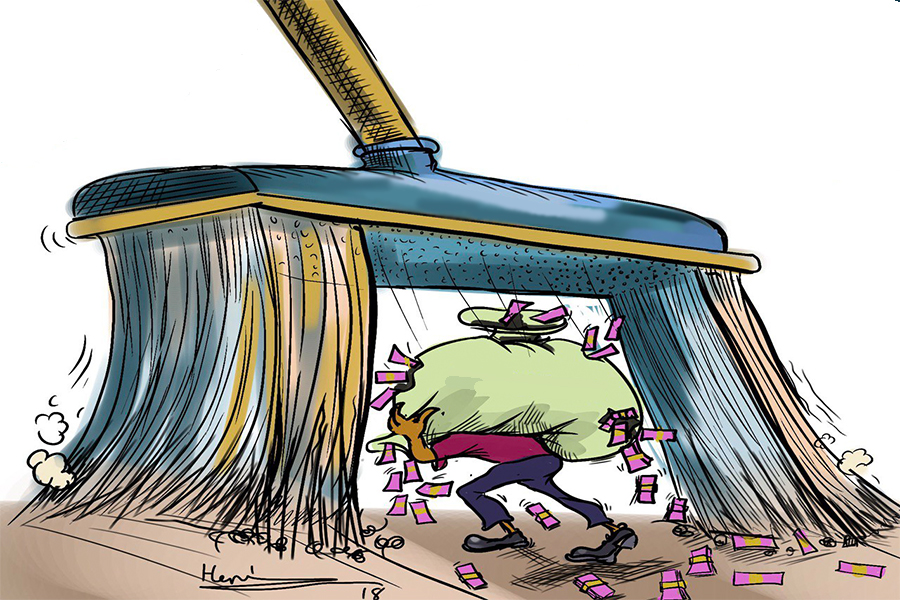
Oct 25 , 2025
The regulatory machinery is on overdrive. In only two years, no fewer than 35 new pro...
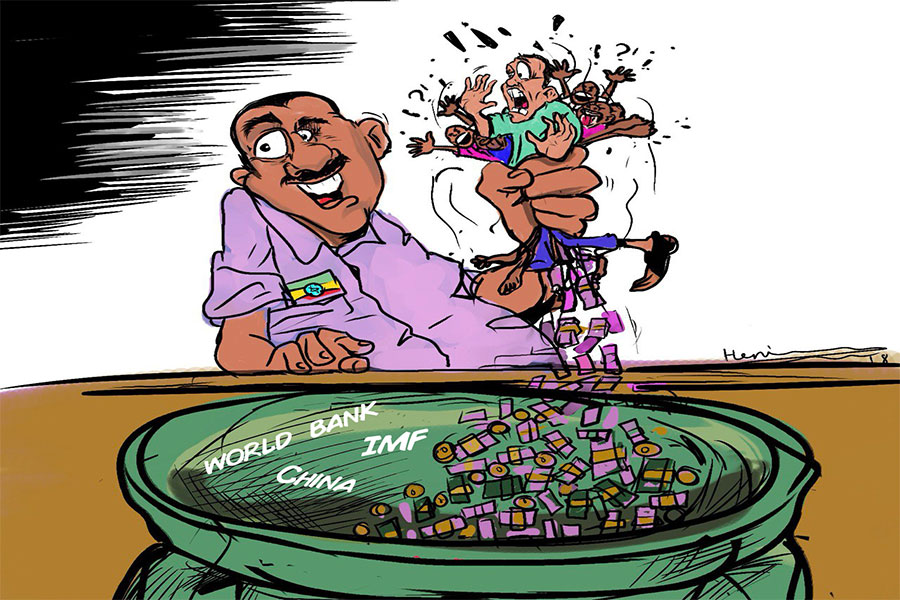
Oct 18 , 2025
The political establishment, notably the ruling party and its top brass, has become p...
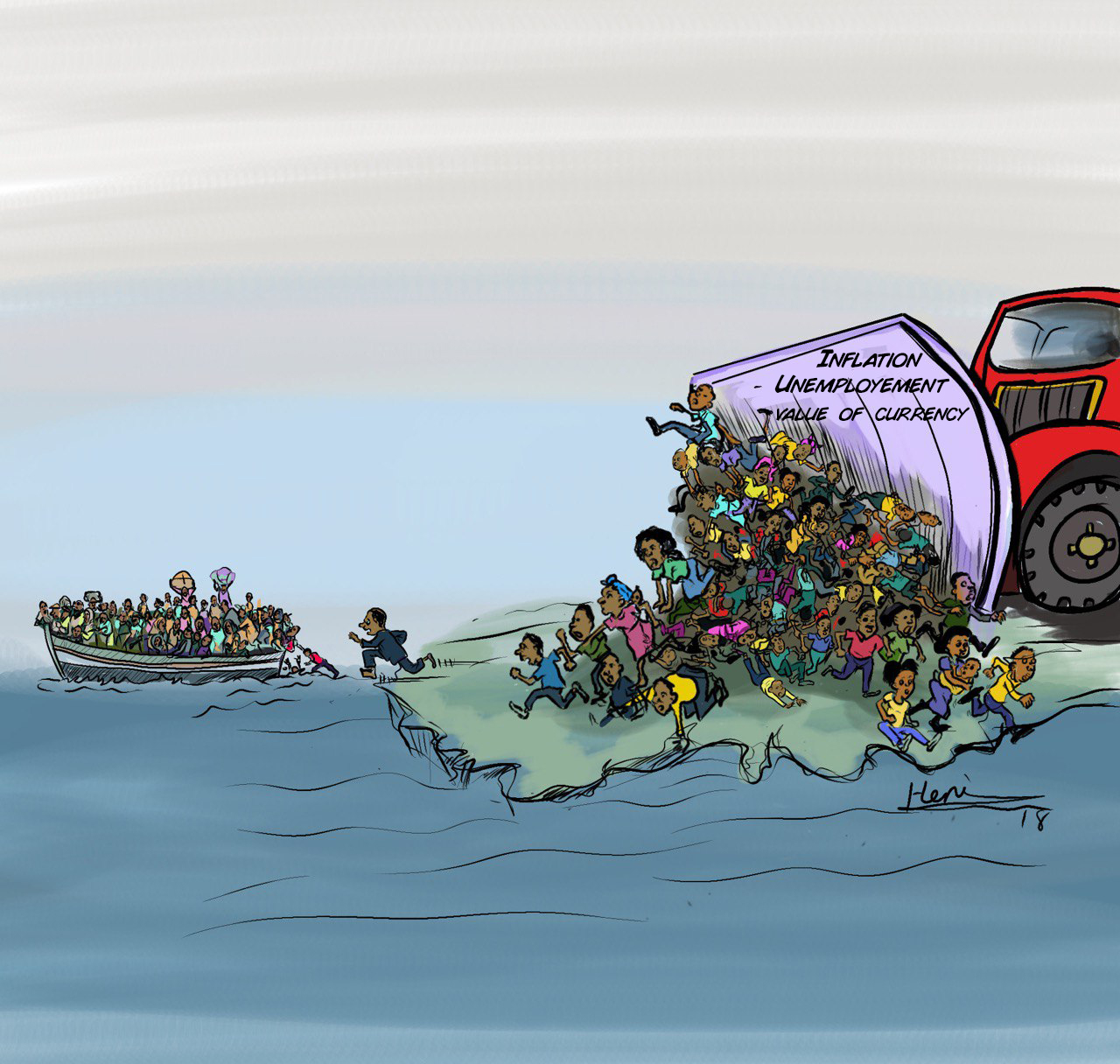
Oct 11 , 2025
Ladislas Farago, a roving Associated Press (AP) correspondent, arrived in Ethiopia in...